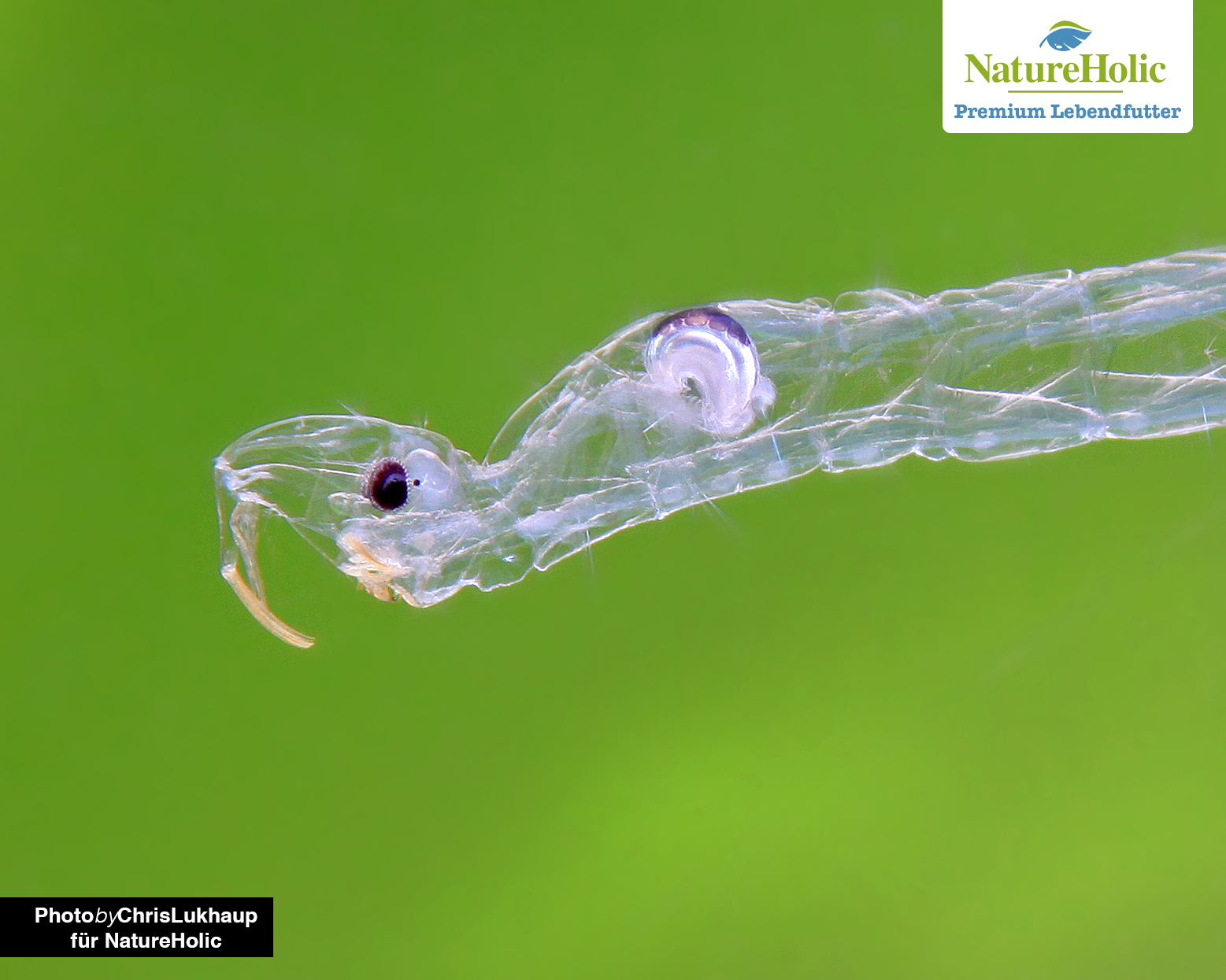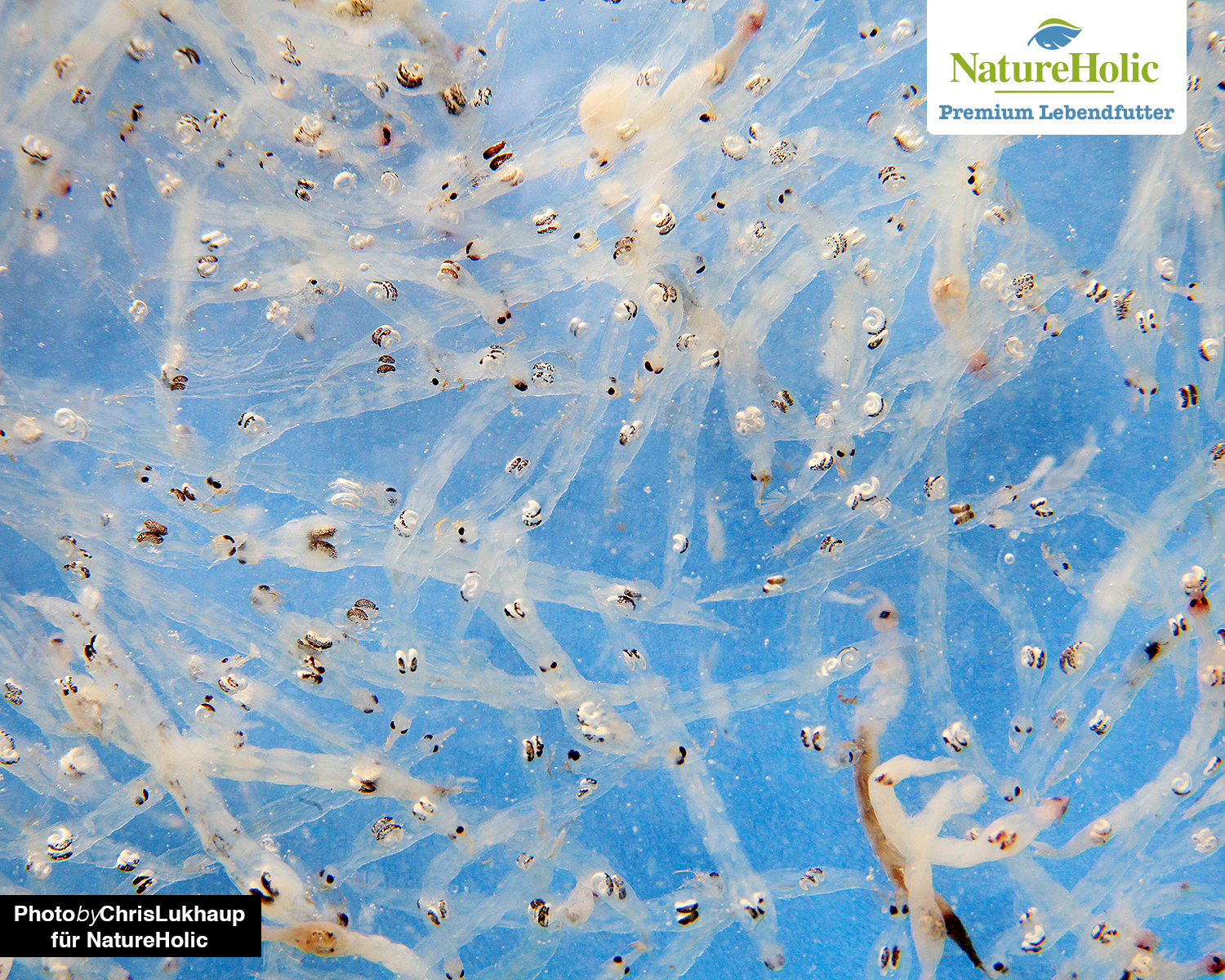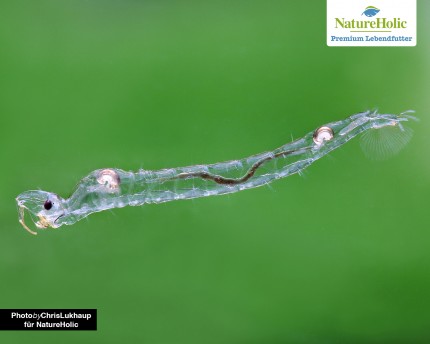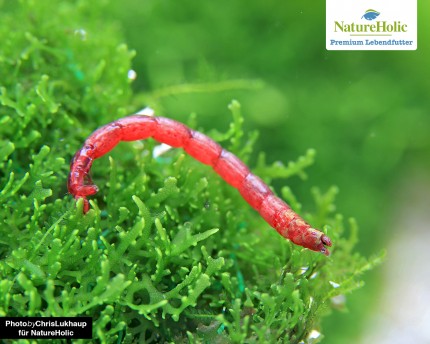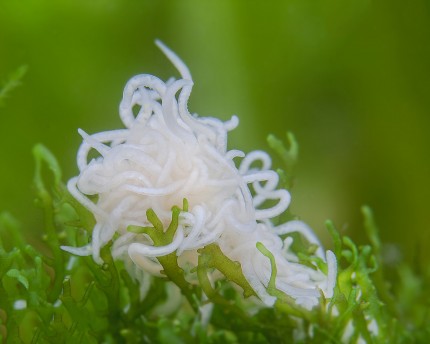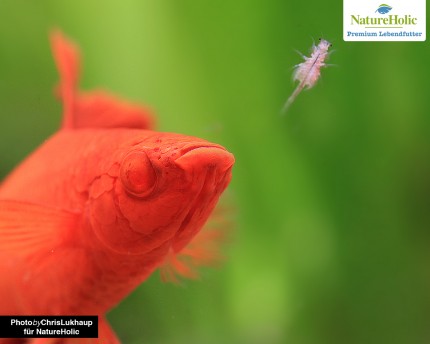Insect larvae as live food - mosquito larvae & co
Insect larvae are part of the diet of the vast majority of fish in nature, and they are also very popular in the aquarium.
White mosquito larvae (buy)
White mosquito larvae get their name from their color, although they are not really white, but rather transparent. These are larvae of tufted mosquitoes of the genus Chaboborus (Corethra). They are indicator animals for a very good water quality. If a white mosquito larva should hatch - don't worry, tufted mosquitoes are completely harmless and do not bite! In the aquarium white mosquito larvae can not reproduce, even a targeted breeding approach is not really useful to implement.
Locomotion
The "glass rods" typically lie horizontally in the water. Whitefly larvae swim actively by waving their swimming fan at the rear end.
Food
Whitefly larvae are predators, eating rotifers, water fleas, hoppers and other small crustaceans. Therefore, white mosquito larvae should not be fed in shrimp tanks with baby shrimp. Occasionally it is also reported that large live white mosquito larvae are fed to fish fry.
Who eats white mosquito larvae?
White mosquito larvae, as they are flippantly called, are a classic live food especially for medium and large fish from 3 cm length and for crayfish or aquatile larger crabs. Shrimp do not overpower the rather large larvae well.
Value
White mosquito larvae contain relatively high protein and low fat, and also fiber.
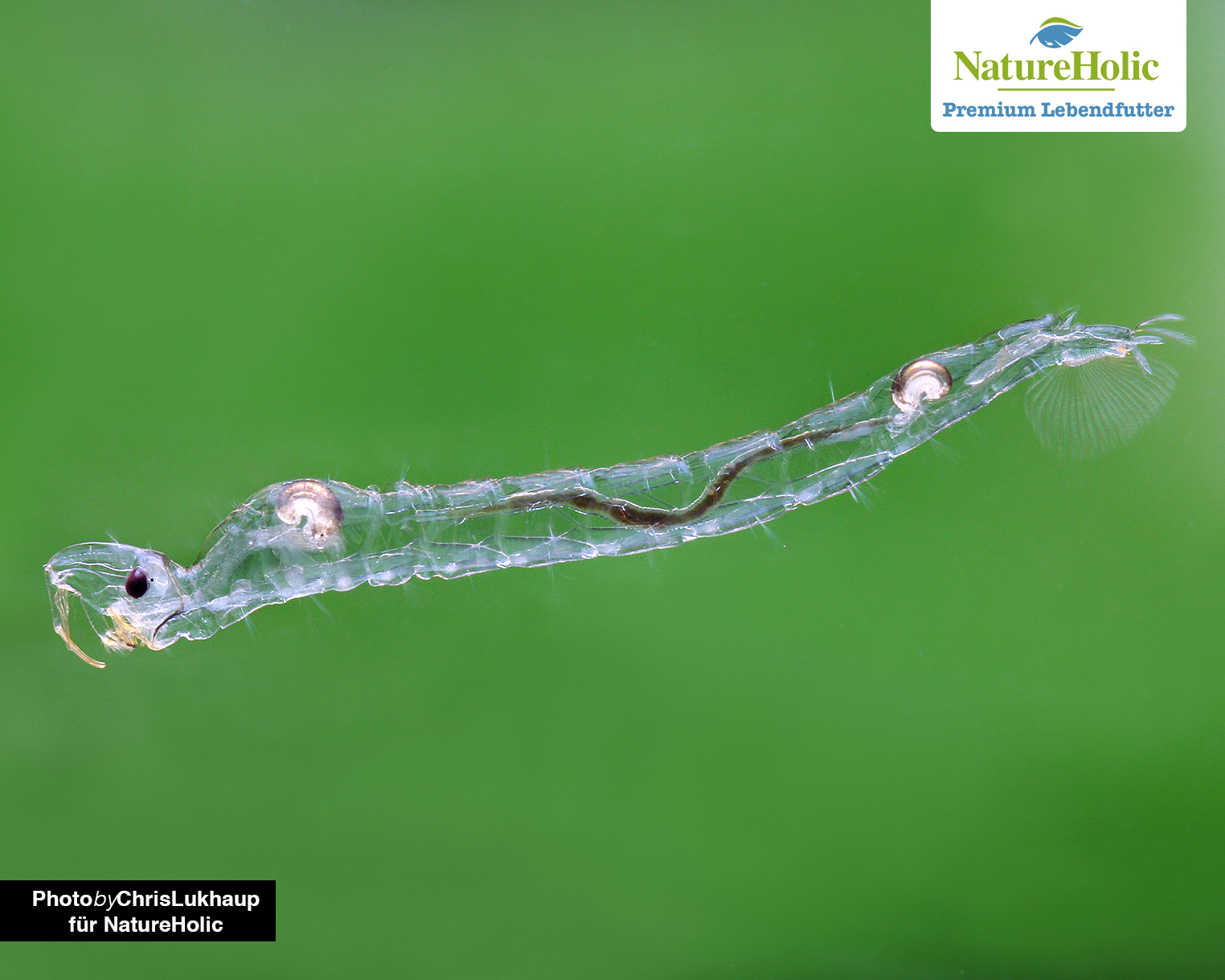
Black mosquito larvae
Black mosquito larvae are rarely available as live food in stores, but since they are a very good food, especially for fish, and are given here especially to stimulate breeding, we present them here anyway. Black mosquito larvae are the larvae of mosquitoes. Therefore you should only feed as much as will be eaten immediately in the aquarium, so that the larvae do not pupate and you do not have a mosquito plague in your home afterwards. The pupae of the rather slender black mosquito larvae are spherical and have two antennae on the head that are clearly visible with a magnifying glass.
Locomotion
Black mosquito larvae typically hang vertically with their breathing tube at the water surface. If disturbed, they flit downward very quickly in sinuous movements. Pupae can also move well and quickly.
Food
Black mosquito larvae eat suspended algae and other suspended matter in the water.
Who eats black mosquito larvae?
Black mosquito larvae are the perfect food for small to large fish. Shrimp, snails and crayfish have a hard time getting to the mosquito larvae because they live mainly on the water surface, and they are not particularly recommended for invertebrates. Black mosquito larvae can also be used for breeding young fish - to do this, simply collect the black egg boats that are deposited on the water surface, for example in the rain barrel, and let them float on the surface of the breeding aquarium. If the tiny larvae now hatch, the young fish can help themselves directly.
Breeding approach
A deliberate breeding of the black mosquito larvae is not so easy - however, the females of the mosquitoes lay their eggs practically without human intervention in almost any water container in the open air. The black mosquito larvae can be easily removed from the rain barrel with a landing net.
Value
Black mosquito larvae are the perfect food to stimulate breeding in fish. They contain a lot of protein and some fat, vitamins A and D and some fiber.
Red mosquito larvae (buy) / Red JUMBO mosquito larvae (buy)
The slender, worm-shaped red mosquito larvae are the larvae of twitch flies from the genus Chironomus. They do not live free swimming in the water, but in the bottom mud. Their red color comes from their blood pigment, hemoglobin. It allows them to still thrive in low oxygen environments. Our red mosquito larvae are carefully produced in breeding facilities, while in the wild, chironomid larvae can still be found in waters heavily polluted with contaminants. Self-collecting can therefore be problematic, in any case safer is to buy from trustworthy sources.
Also, mosquitoes do not suck blood, so if a red mosquito larva should pupate and a mosquito hatch - do not panic!
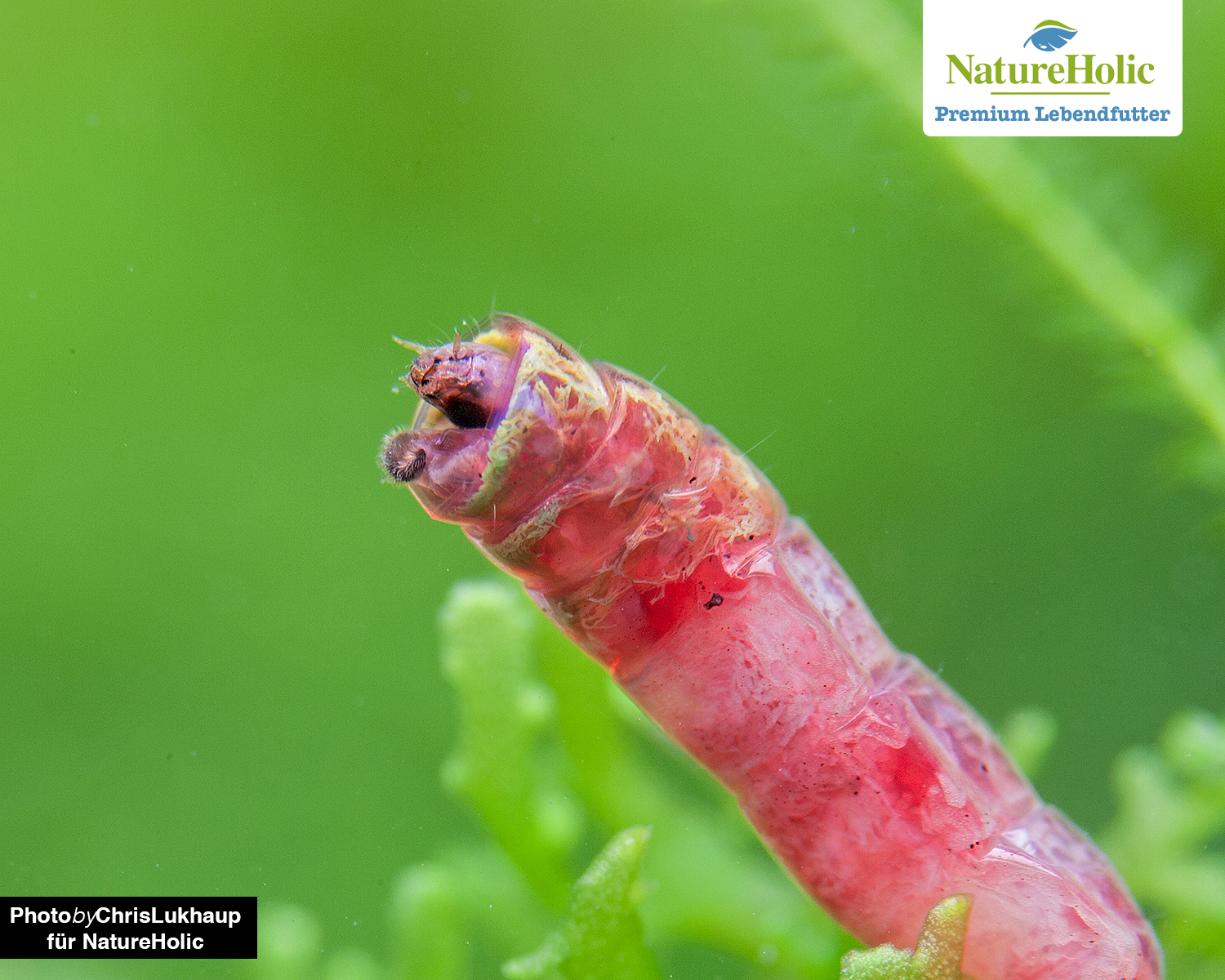
Locomotion
Red mosquito larvae swim in typical strongly S-shaped curved very jerky manner, but mostly they are crawling on the ground.
Food
Red mosquito larvae eat mostly algae, detritus, suspended particles and plant debris.
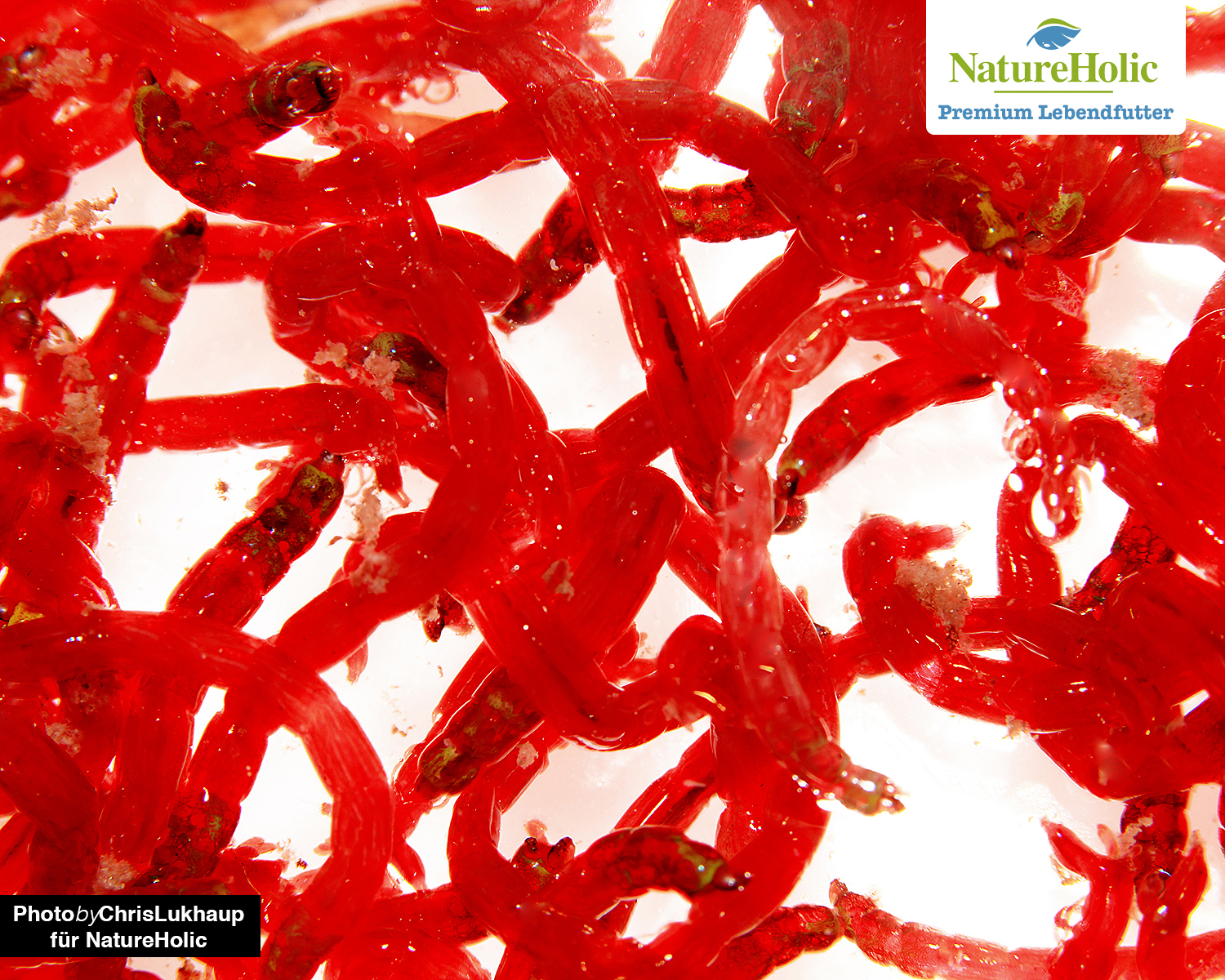
Who eats red midge larvae?
The relatively hard chitinous shell of red mosquito larvae can cause problems for young fish, so they are more suitable for adult, medium to large fish. Their large mouthparts (mandibles, commonly referred to as barbs) can cause problems for herbivorous fish with soft intestinal mucosa such as mbuna, so it is better to feed red mosquito larvae to omnivores or carnivores.
Since red mosquito larvae sink, they are good for feeding shrimp, crabs and crayfish. The chitin shell provides crustaceans with valuable raw material for their own molting.
Value
In addition to dietary fiber and a good ratio of protein to fat, red mosquito larvae contain the valuable provitamin A.

